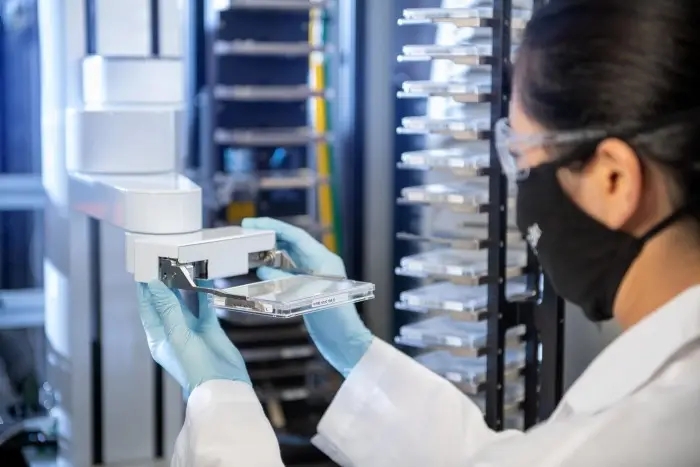
 CONTACT
CONTACT
- Linkman:Linda Yao
- Tel: +8618231198596
- Email:linda.yao@dcpharma.cn
- Linkman:CHARLES.WANG
- Department:Overseas
- Tel: 0086 0311-85537378 0086 0311-85539701
Nisin production cost
TIME:2023-12-21
Nisin production involves the fermentation of bacteria, typically strains of Lactococcus lactis, which naturally produce nisin.The process includes several aspects to optimize the yield and purity of nisin.Some key aspects of nisin production include strain selection,medium composition,inoculum preparation,fermentation conditions,batch or continuous fermentation,harvesting the culture,nisin extraction,purification,quantification and quality control,formulation and packaging,regulatory compliance,ect.
The choice of Lactococcus lactis strain is crucial for nisin production.Different strains may produce varying amounts of nisin and exhibit different fermentation characteristics.
The composition of the fermentation medium is designed to support the growth of the bacterial culture and maximize nisin production.This includes a balance of carbon and nitrogen sources, minerals, and other nutrients.
A starter culture of Lactococcus lactis is prepared and inoculated into the fermentation medium. The inoculum ensures a rapid and healthy growth of bacteria when introduced into the production bioreactor.
Fermentation parameters, such as temperature, pH, and agitation, are carefully controlled to create optimal conditions for bacterial growth and nisin production.These conditions are typically monitored and adjusted throughout the fermentation process.
Nisin production can be achieved through batch fermentation, where the entire process occurs in a single vessel, or continuous fermentation, where fresh medium is continuously added, and product is continuously harvested.The choice depends on factors such as production scale and efficiency.
Once the fermentation is complete, the bacterial culture containing nisin is harvested.This often involves separating the cells from the culture medium, which may be done using methods such as centrifugation or filtration.
Nisin is then extracted from the harvested bacterial culture.Various extraction methods can be employed, including solvent extraction or acid precipitation, to isolate nisin from other components of the bacterial cells and medium.
The extracted nisin is typically purified to remove impurities and achieve a higher concentration of the antimicrobial peptide.Purification methods may include chromatography or other separation techniques.
The concentration of nisin in the final product is quantified to ensure it meets the desired specifications.Quality control measures are implemented to assess the purity and safety of the nisin preparation.
The purified nisin is often formulated into a suitable product form (e.g., powder, liquid) and packaged for distribution.Formulation may include adding stabilizers or other excipients to enhance stability and shelf life.
Nisin production must comply with regulatory standards and guidelines related to food safety and additives.Regulatory approvals and certifications may be necessary depending on the intended use of the nisin product.
Optimizing these aspects of nisin production ensures a consistent and reliable supply of this natural antimicrobial peptide for various applications, including as a food preservative.
- Tel:+8618231198596
- Whatsapp:18231198596
- Chat With Skype







